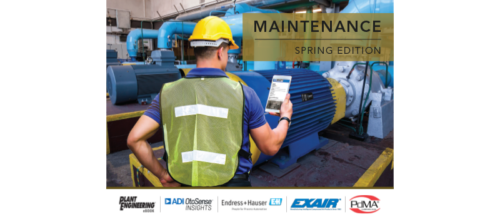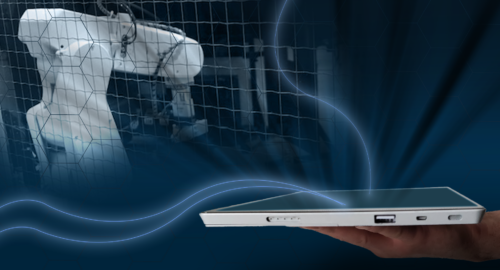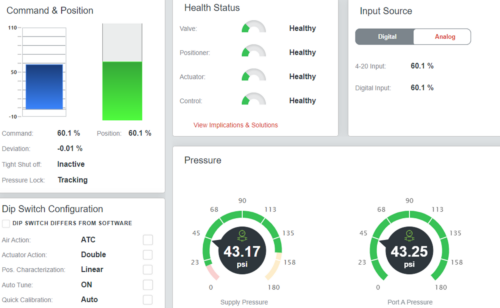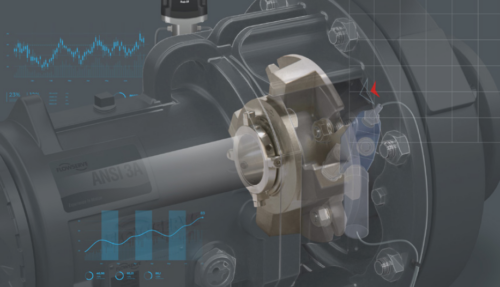Surface conditioning: 5 questions to pick the right media
Follow the logic to ensure the right decision is made to complete the job
Surface conditioning jobs in maintenance, repair and operations (MRO) applications are extremely varied, from work in a factory tool room to general factory maintenance to simple welding projects.
There are so many MRO applications that require surface conditioning — and so many different products that can be used for those applications — that a person without significant experience in this area faces a difficult task of selecting the right media for a specific application. How is an operator to know he or she has chosen the most appropriate one for the job?
One way to approach the selection is to consider a number of basic questions in the style of a “decision tree,” with the answer to each question leading into the next. The operator can use these basic questions to guide the media selection for surface conditioning products in MRO applications.
Question No. 1: Part to the tool or tool to the part?
The first thing to consider is the size of the workpiece. Is it small and portable enough to be carried to a fixed machine for the work, or is it so large that it will require taking a portable tool to the part?
Portable tools commonly used in MRO applications include die grinders and angle grinders, while fixed machines used for these applications include bench grinders and other fixed equipment already in the tool room, such as drill presses and milling machines.
Typically, the media for the job must be selected based on a piece of equipment that’s already in place, as most operations use tools that are readily available.
Question No. 2: What is the size and rpm of the tool?
Once it has been determined what type of tool will be used for the job, the next step is to consider the size of the tool and the speed at which it runs, and to match the media to that rpm and size.
All power tools, whether they are portable or fixed, are marked with a speed rating. For example, a common speed rating for a 4 1/2 inch angle grinder is 10,000 rpm.
Every accessory or type of media that is used on a tool also has an rpm rating. It is incumbent upon the user to ensure the rating on the accessory is higher than the rating on the tool in order for them to be used safely together.
Question No. 3: What is the application?
The next step is considering what the application actually is — surface cleaning, deburring, grinding or finishing, for example. This is where choosing a specific media comes into play.
Generally, there are three categories of accessories commonly used in MRO applications. Understanding the application is critical to choosing the right one. At the more aggressive end of the spectrum are bonded abrasive products, used for heavy grinding. In the middle of the spectrum are coated abrasive products, such as flap discs, which can provide relatively aggressive grinding but also leave a better finish. At the other end of the spectrum — for finishing and cleaning — are wire brushes, which are used for general cleaning operations and don’t remove base material.
If the application calls for rapid stock removal, then a bonded abrasive grinding wheel would be a good option. If there is a need to remove some material but maintain a nice surface finish, then a flap disc likely will be the better choice. If the surface is being prepared for painting, a wire brush is an option that leaves a clean surface without removing material.
All three of these media options can be used no matter which type of power tool is chosen for the application; the basic reasons for choosing the media remain the same no matter which tool is being used.
Question No. 4: Is there a surface finish specification?
In MRO applications, it’s unusual to have a quantitative surface finish measurement specification such as those often found in production environments. However, there may be cosmetic surface finish requirements, such as the need for one surface to match the look of another surface.
In cases where the surface finish is important, operators need to understand how the type of media selected impacts surface finish.
Within each general media category, there are more choices and considerations that can impact surface finish and the time it takes to complete a job. Flap discs, for example, come in varying grit sizes, such as 40, 80 and 120 grit. If there is a need to match a particular surface finish, knowing that information will help guide the operator toward the most suitable grit size for the application. Similarly, when using a wire brush, operators can choose among varying wire sizes, and they can select a crimped wire brush or a knotted wire brush.
All of these choices are things that impact the surface finish and the time it takes to complete the job. It’s helpful to consult the manufacturer’s literature or recommendations when considering these additional options for specific applications.
Question No. 5: What is the work material?
Another piece of information that is important for selecting the most appropriate media for MRO applications is the type of material on which the work will be performed.
Common materials in these applications include steel, stainless steel and aluminum. For best results, the accessory should be matched to the material type for best results. For example, a stainless steel wire brush should be used (rather than a steel wire brush) in an application where the work material is stainless steel.
In the bonded abrasives and coated abrasives categories, there are specific products made for use with different types of material, including steel, stainless steel and aluminum.
Matching the media with the material type helps prevent heat-related discoloration and avoids contamination, which can lead to issues such as after-rust.
Safety and efficiency
Taking care to ensure the right tool and media are selected for the job impacts operator safety first and foremost.
Selecting the right media also can improve efficiency. In the MRO world, the job can be done in numerous ways with numerous tools, but some are clearly better for the job than others. Working through these questions can help the operator select the media that will help get the job done the fastest.
This also can impact productivity if the MRO task involves repair of equipment that needs to be put back into the production line as quickly as possible.
Choosing the right product for surface conditioning in an MRO application isn’t a cut-and-dried choice. Considering these basic questions can help narrow the wide array of options and guide the operator to selecting the most appropriate media for the application.
Ron Vogt Jr. is category manager of MROP for Weiler Corp.
Do you have experience and expertise with the topics mentioned in this content? You should consider contributing to our CFE Media editorial team and getting the recognition you and your company deserve. Click here to start this process.





